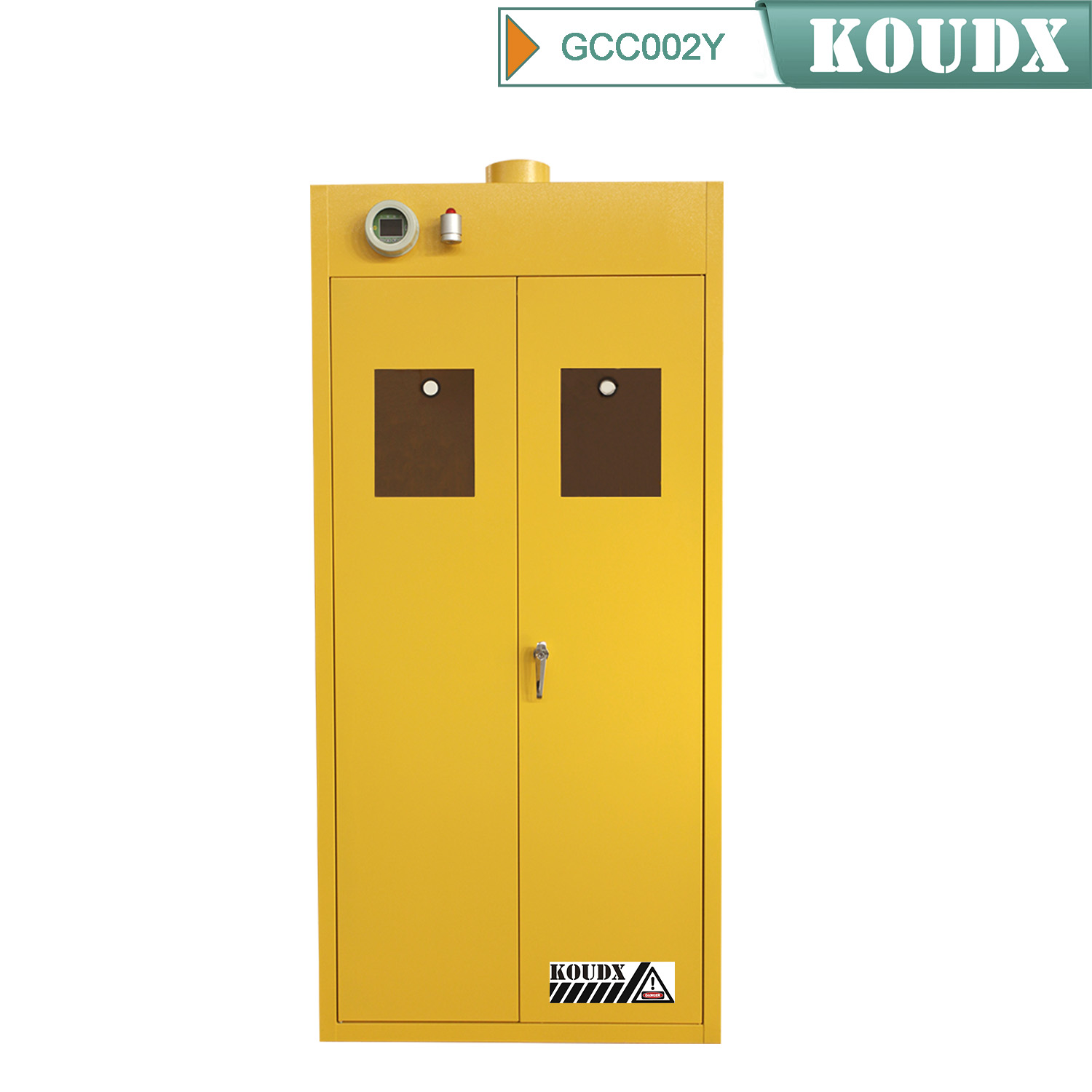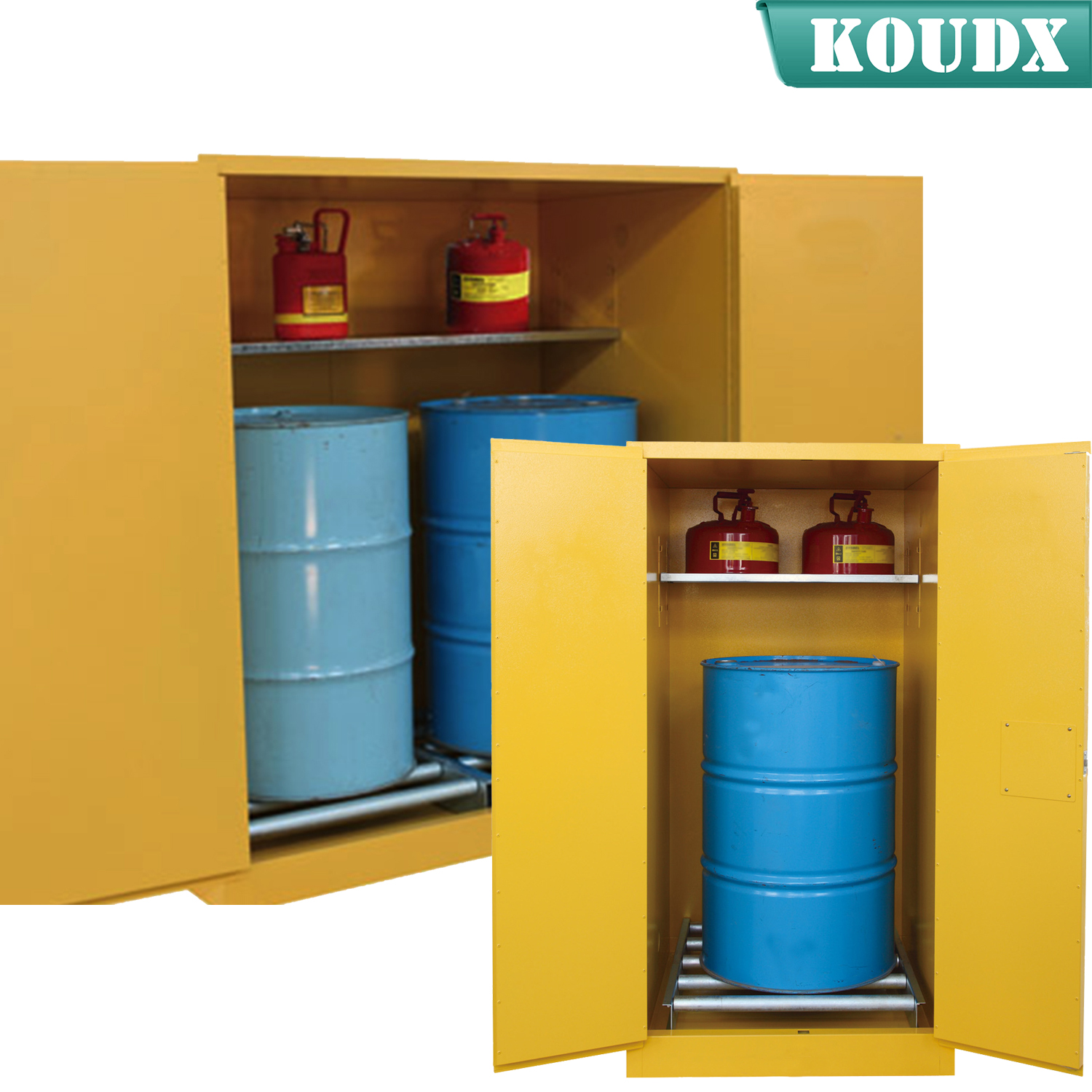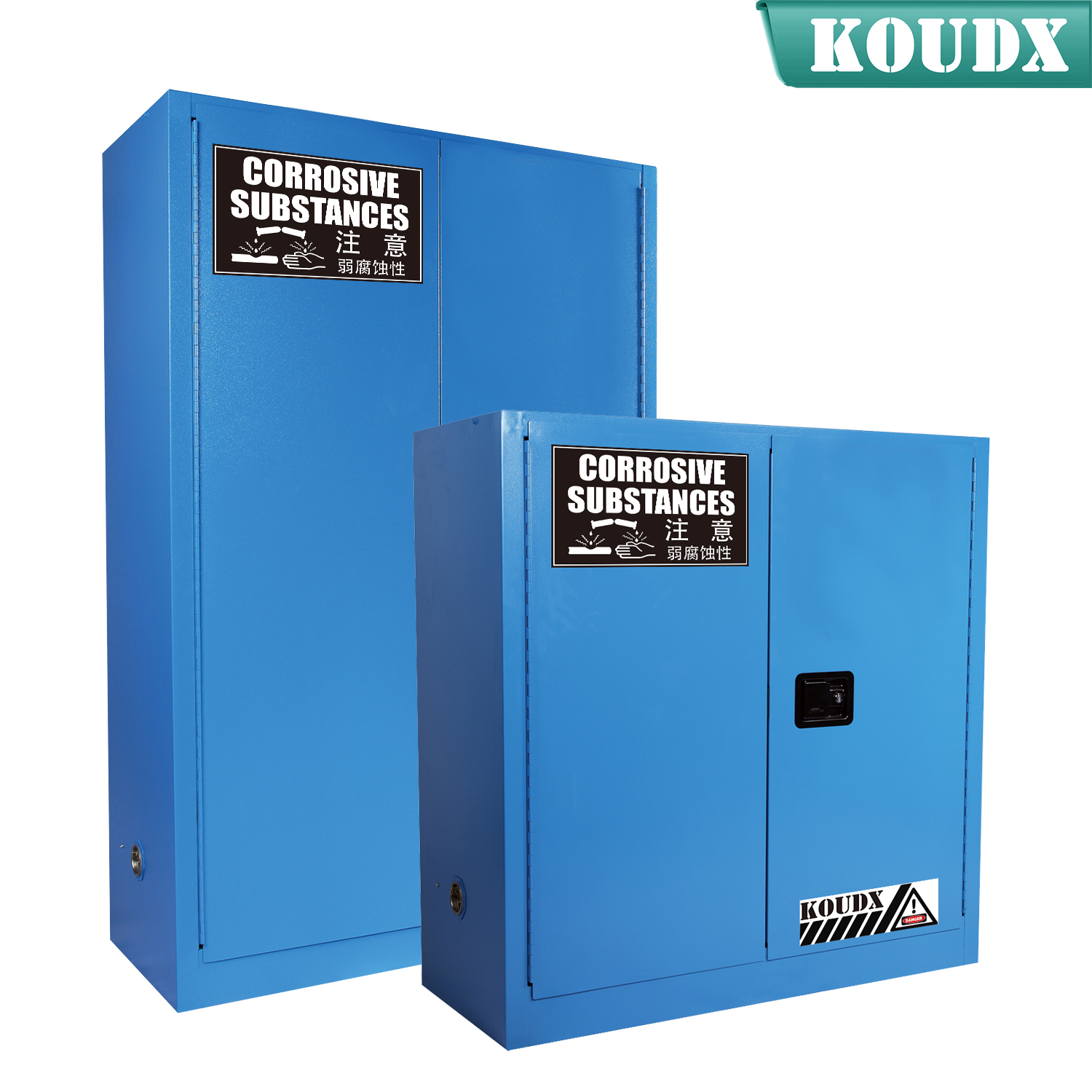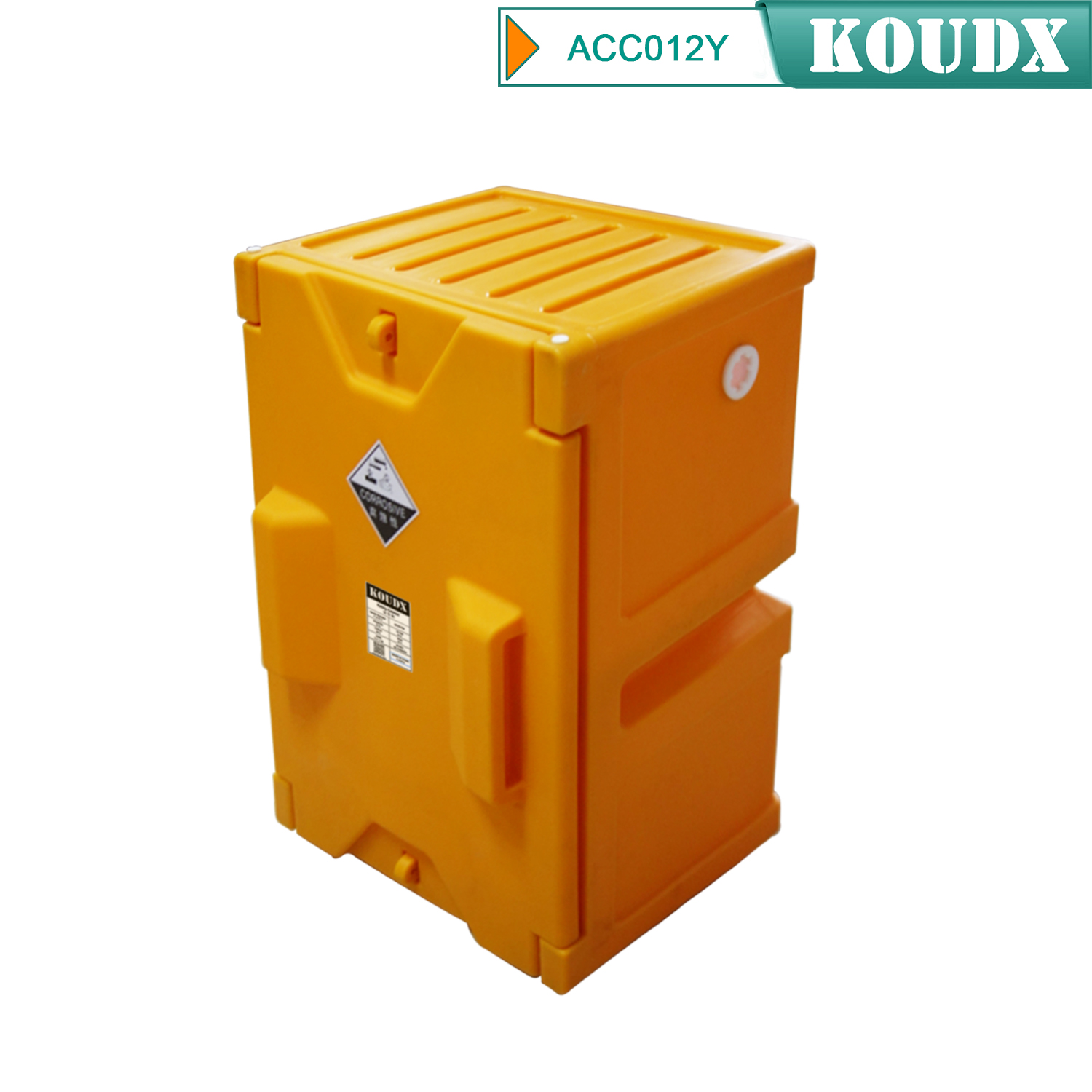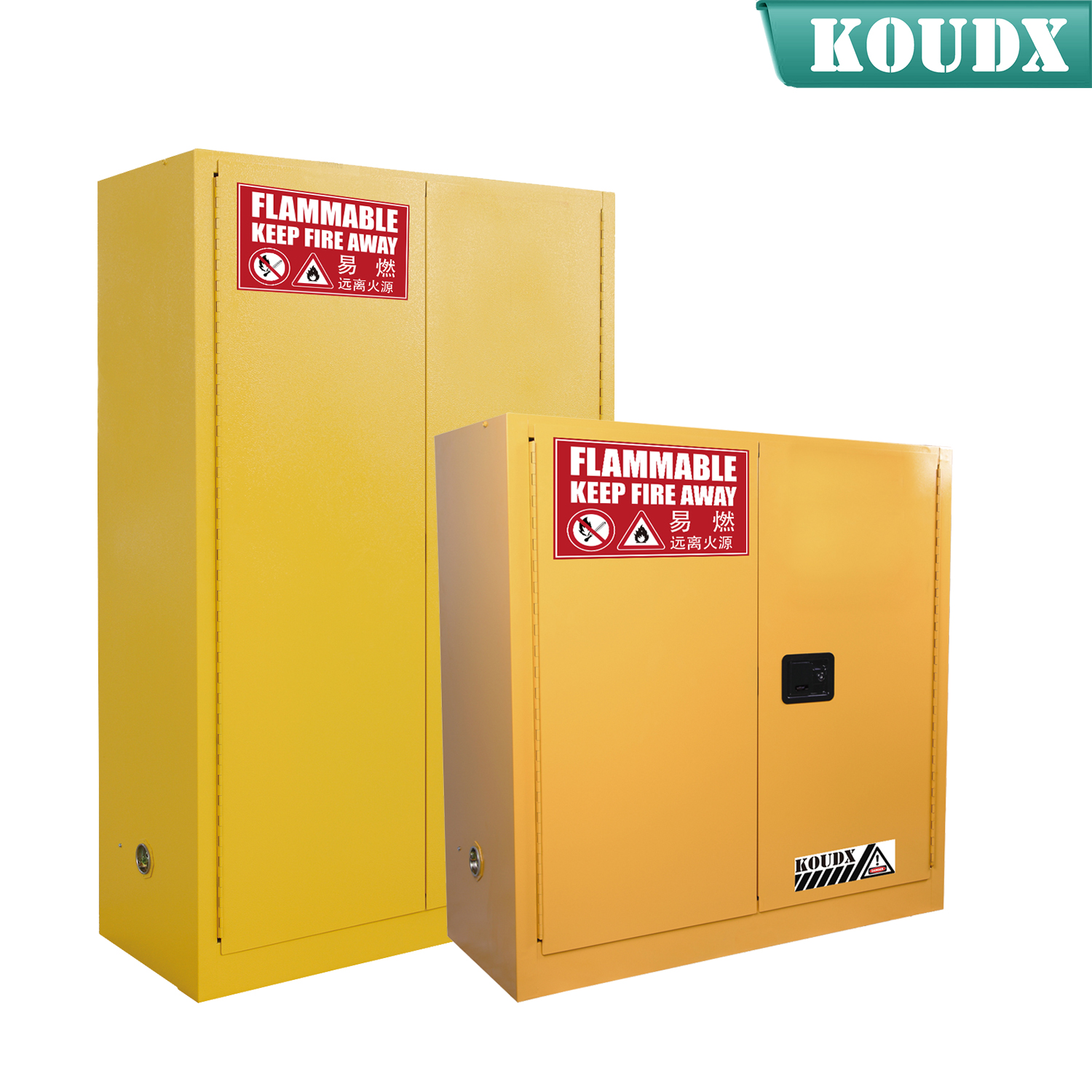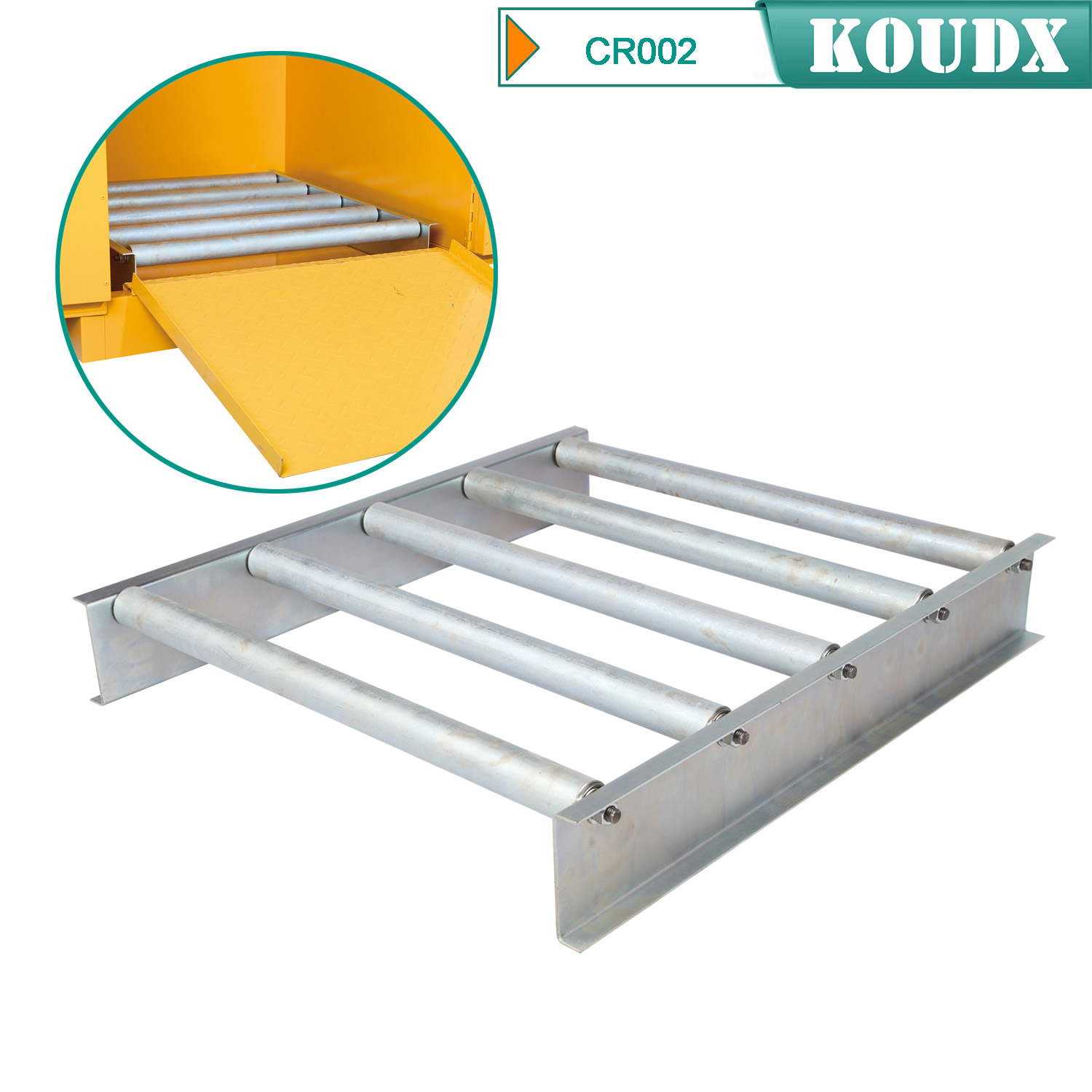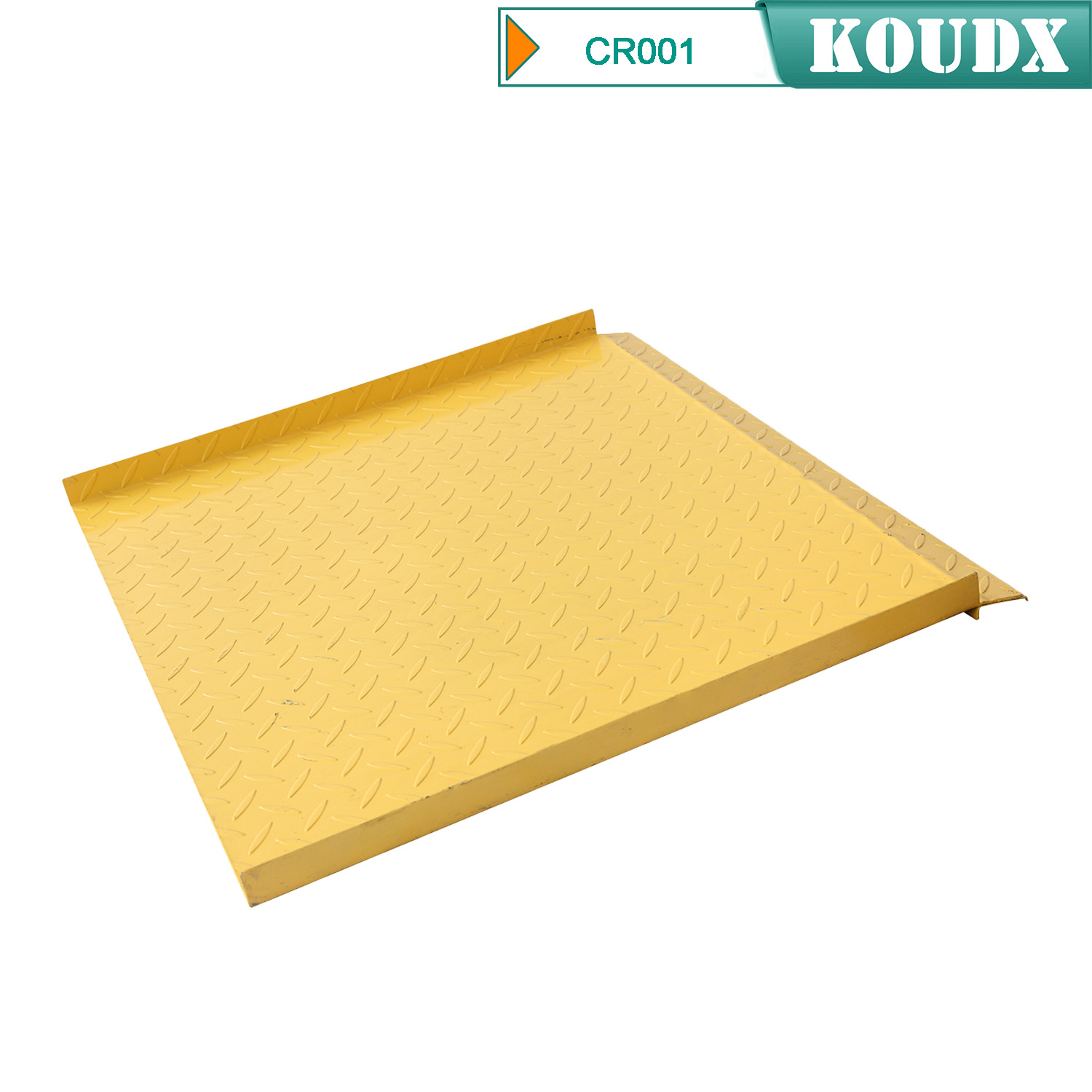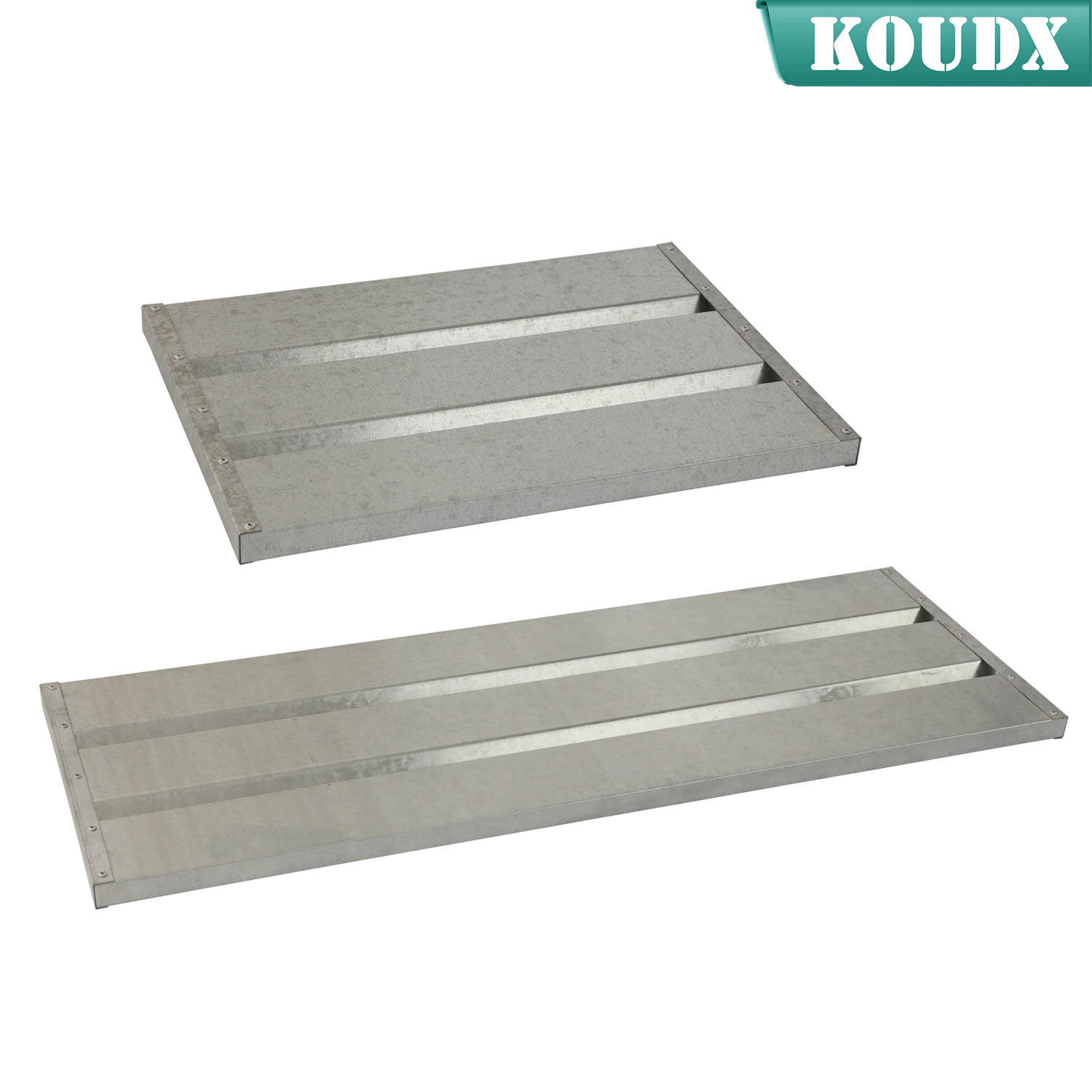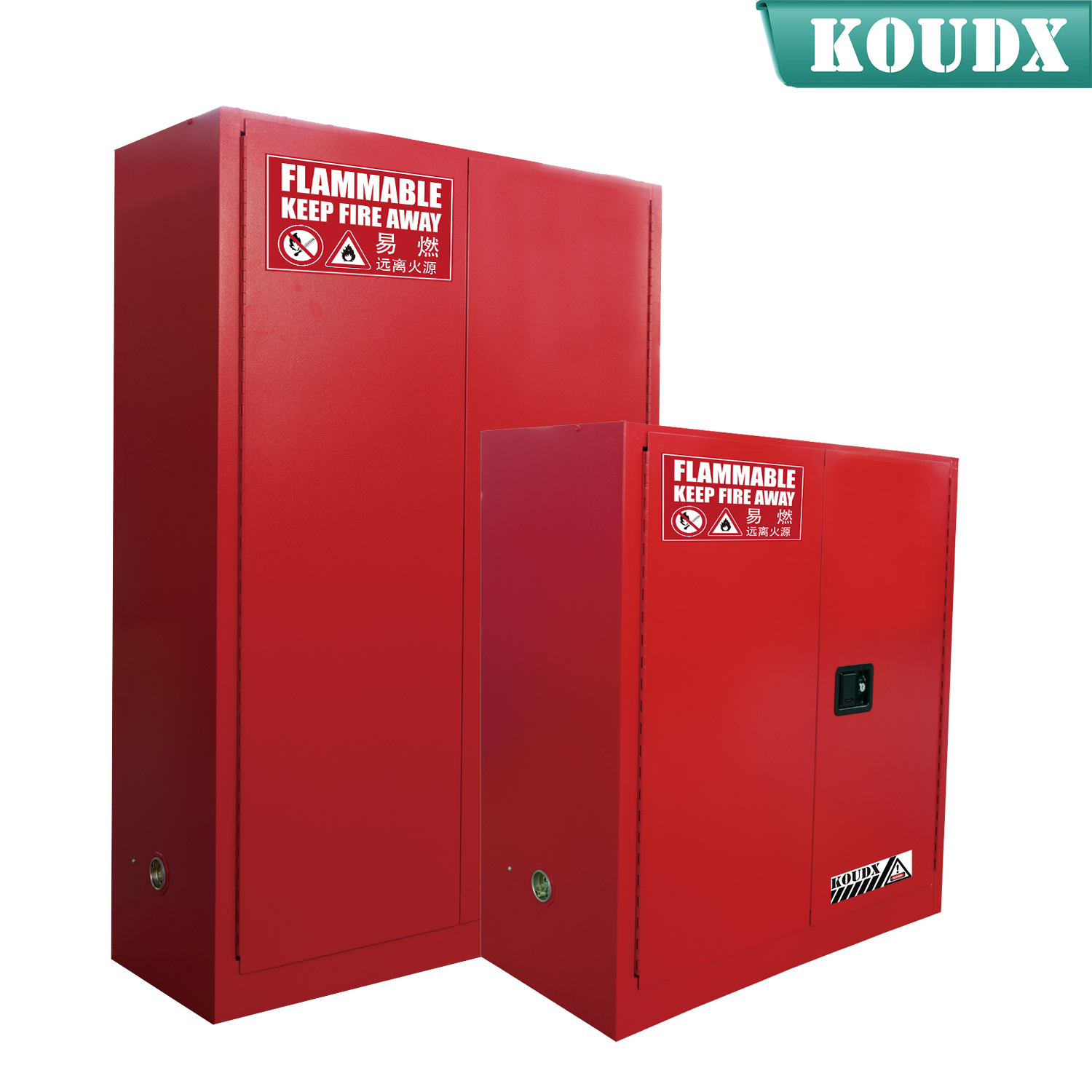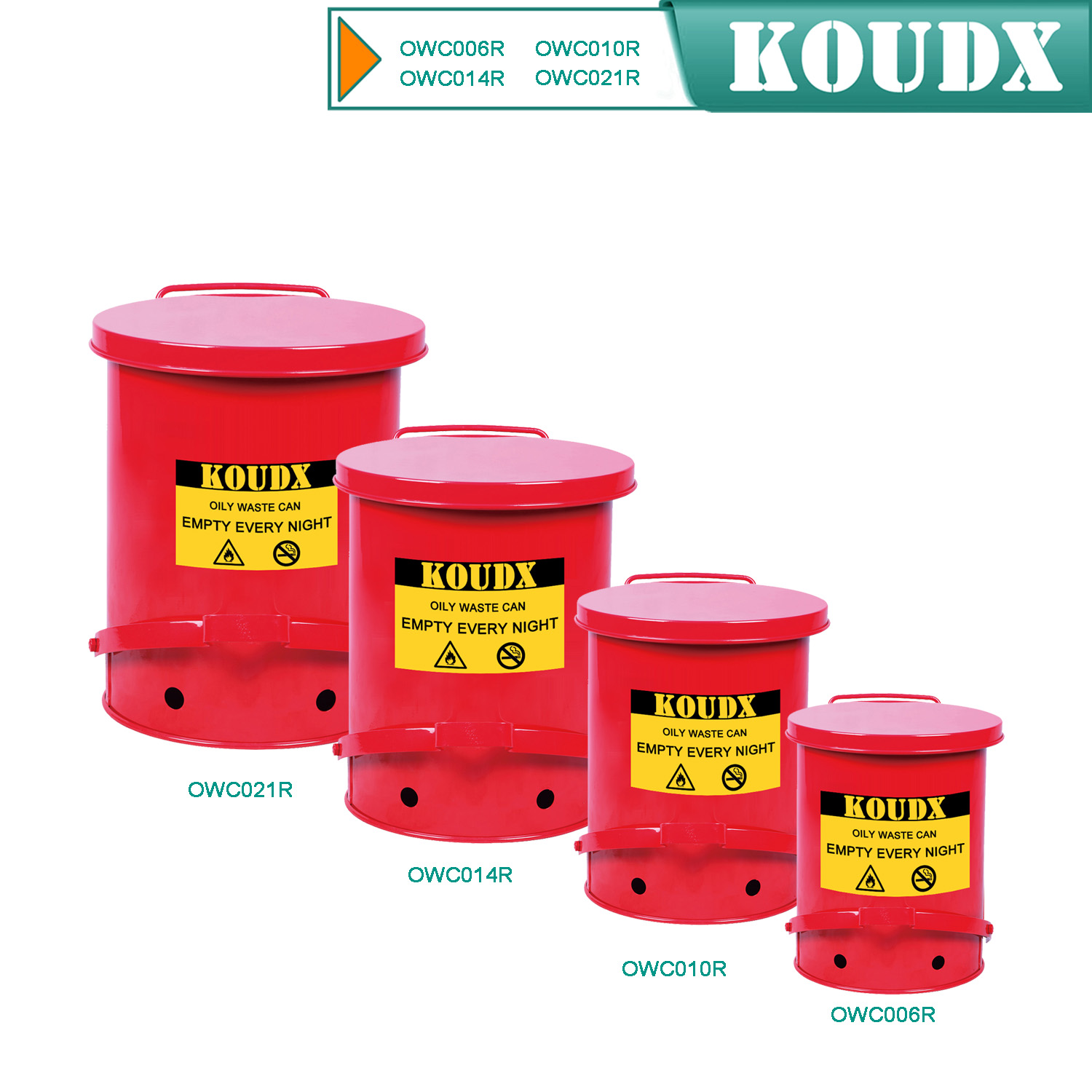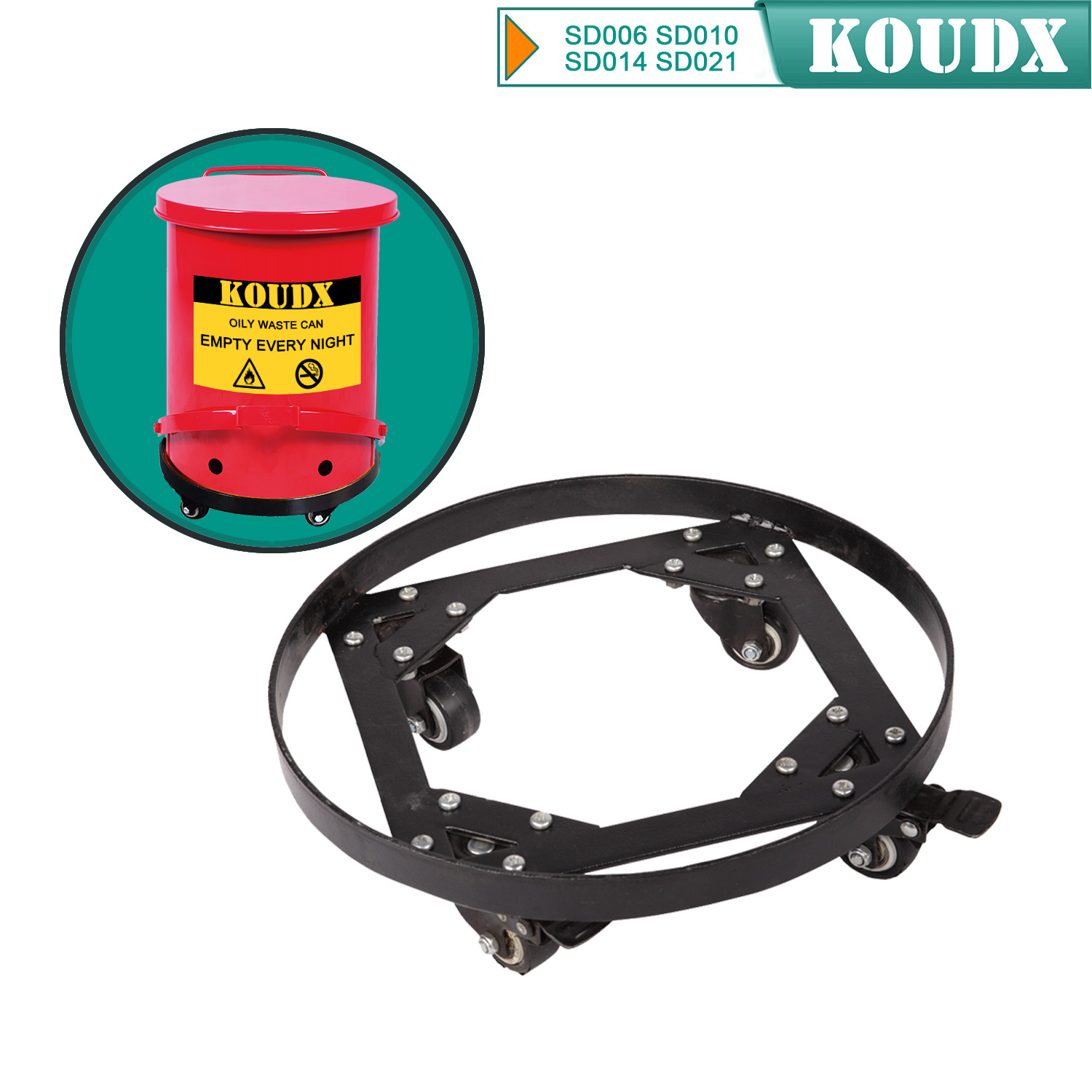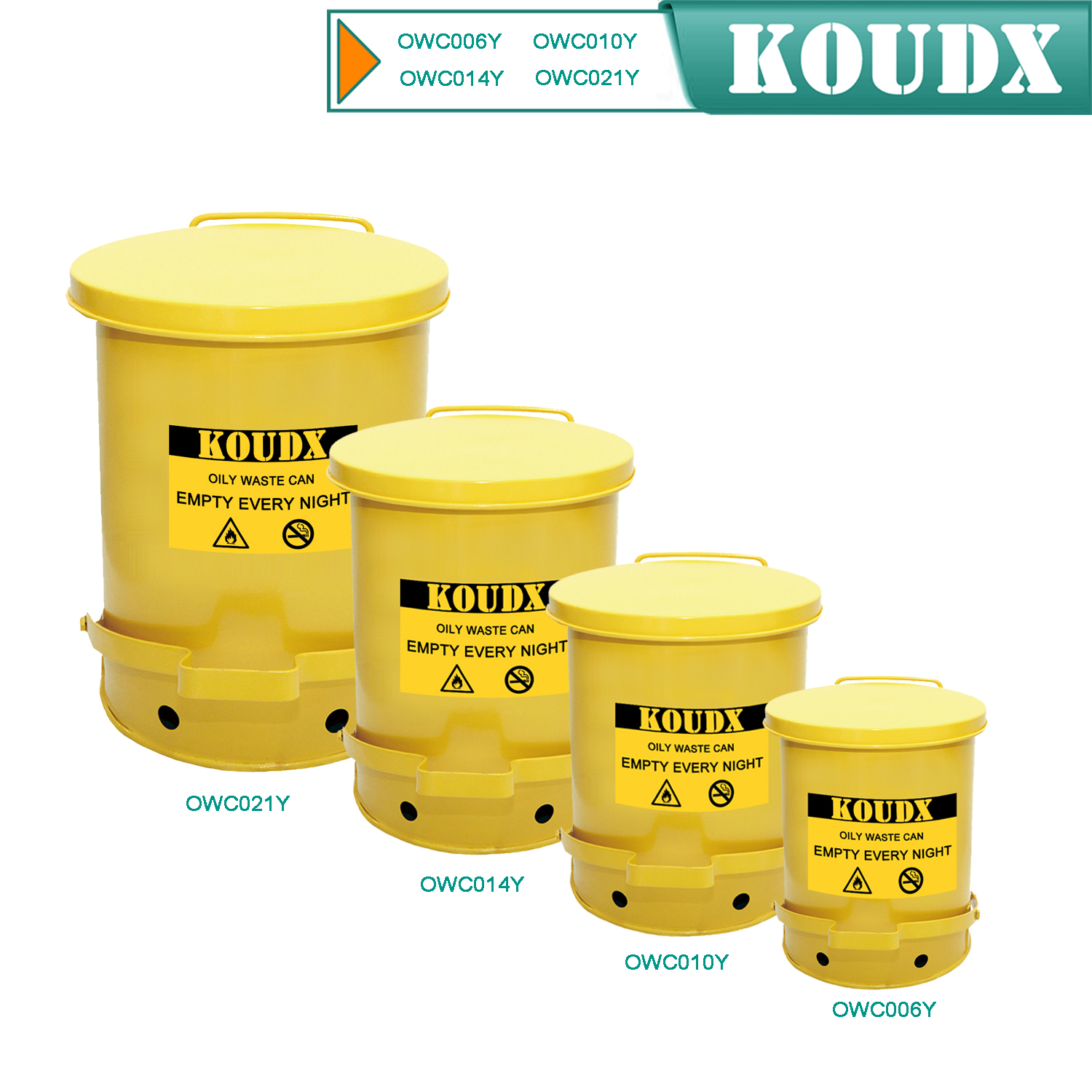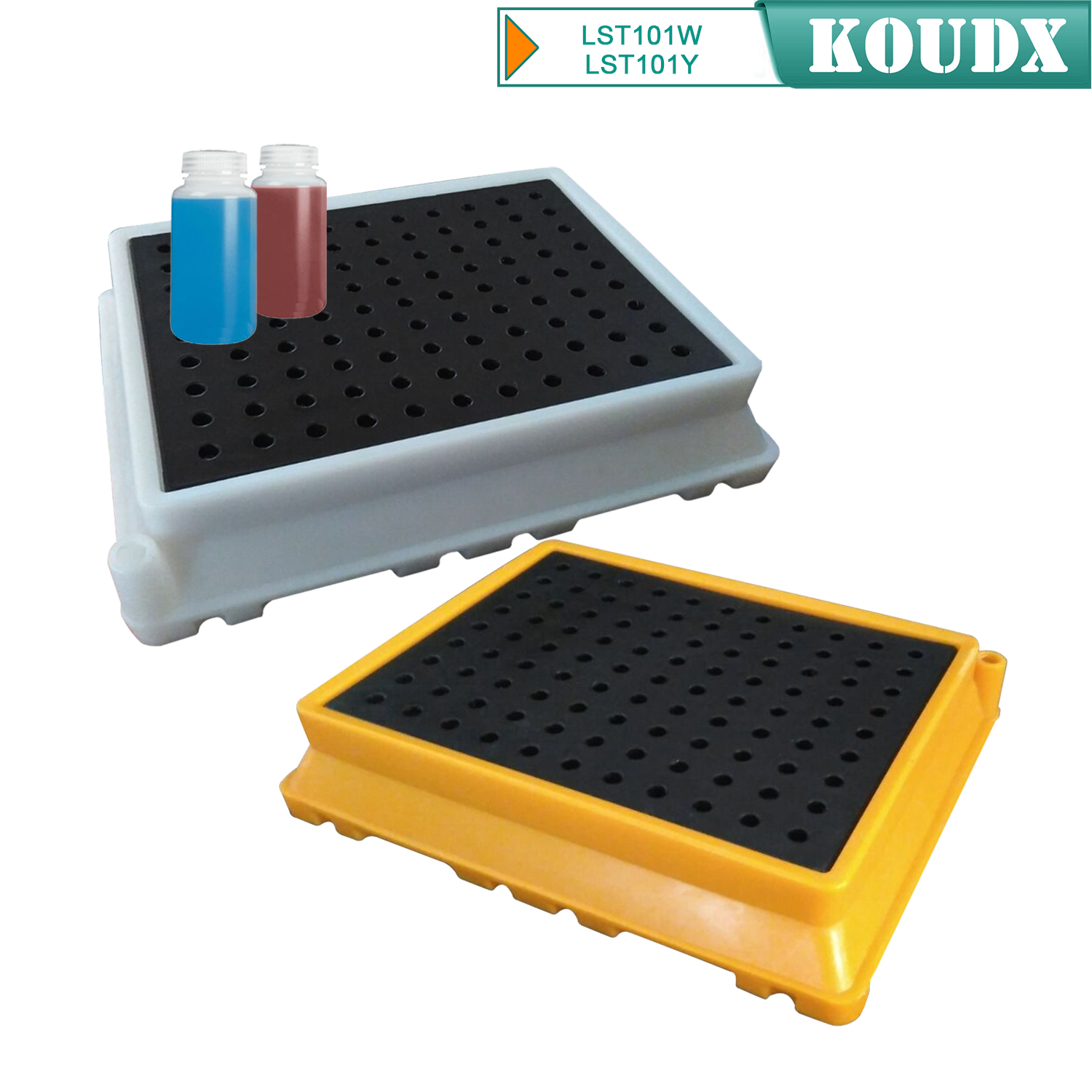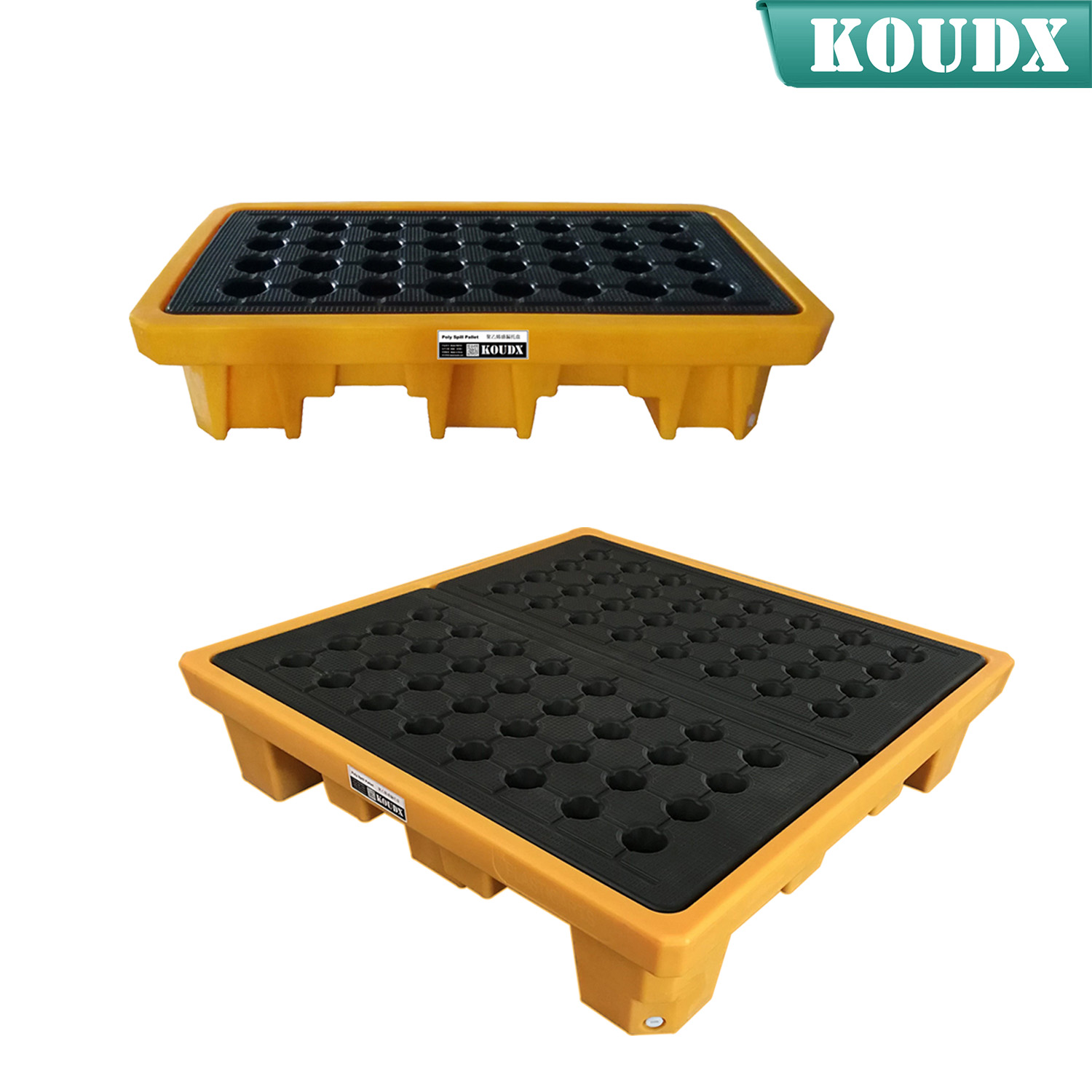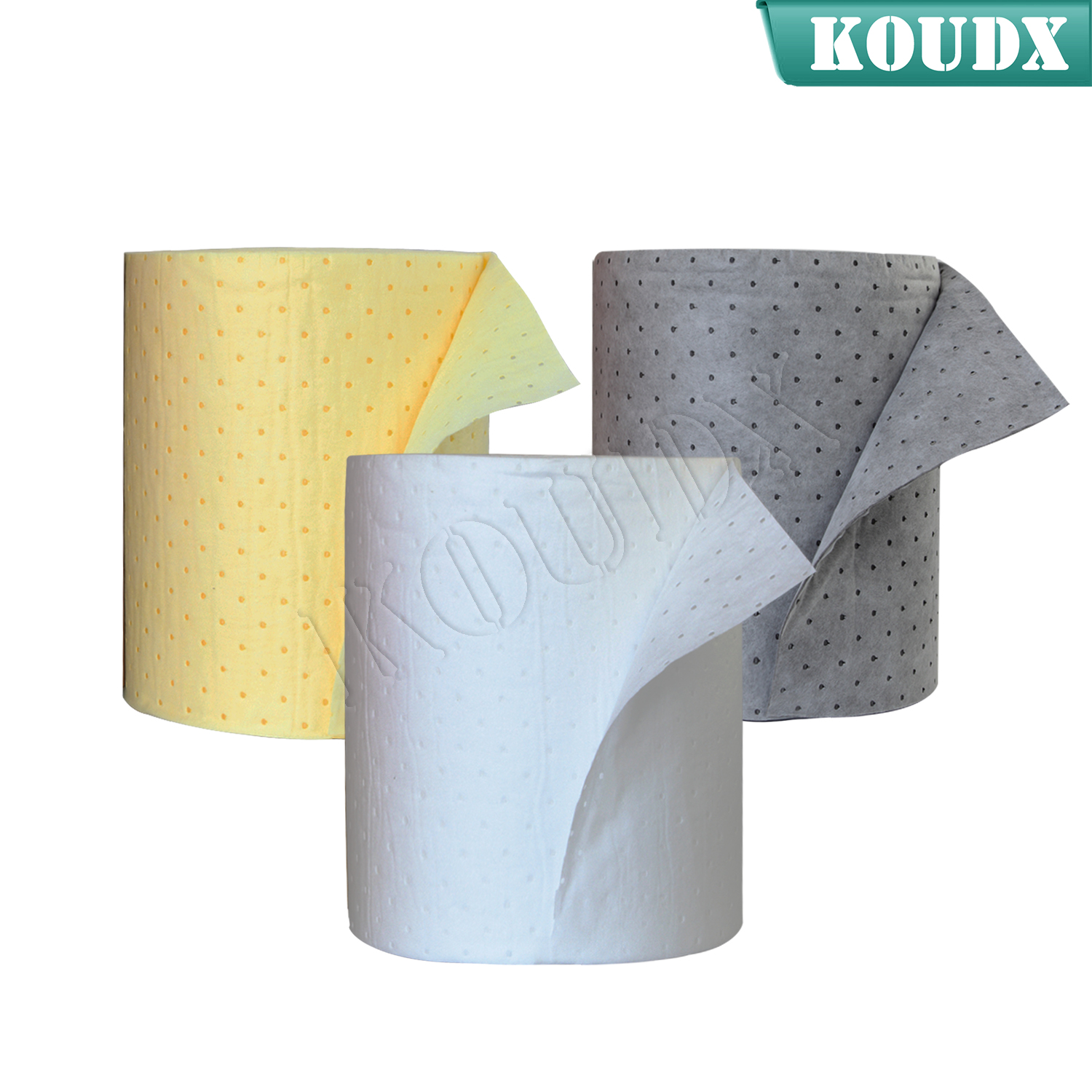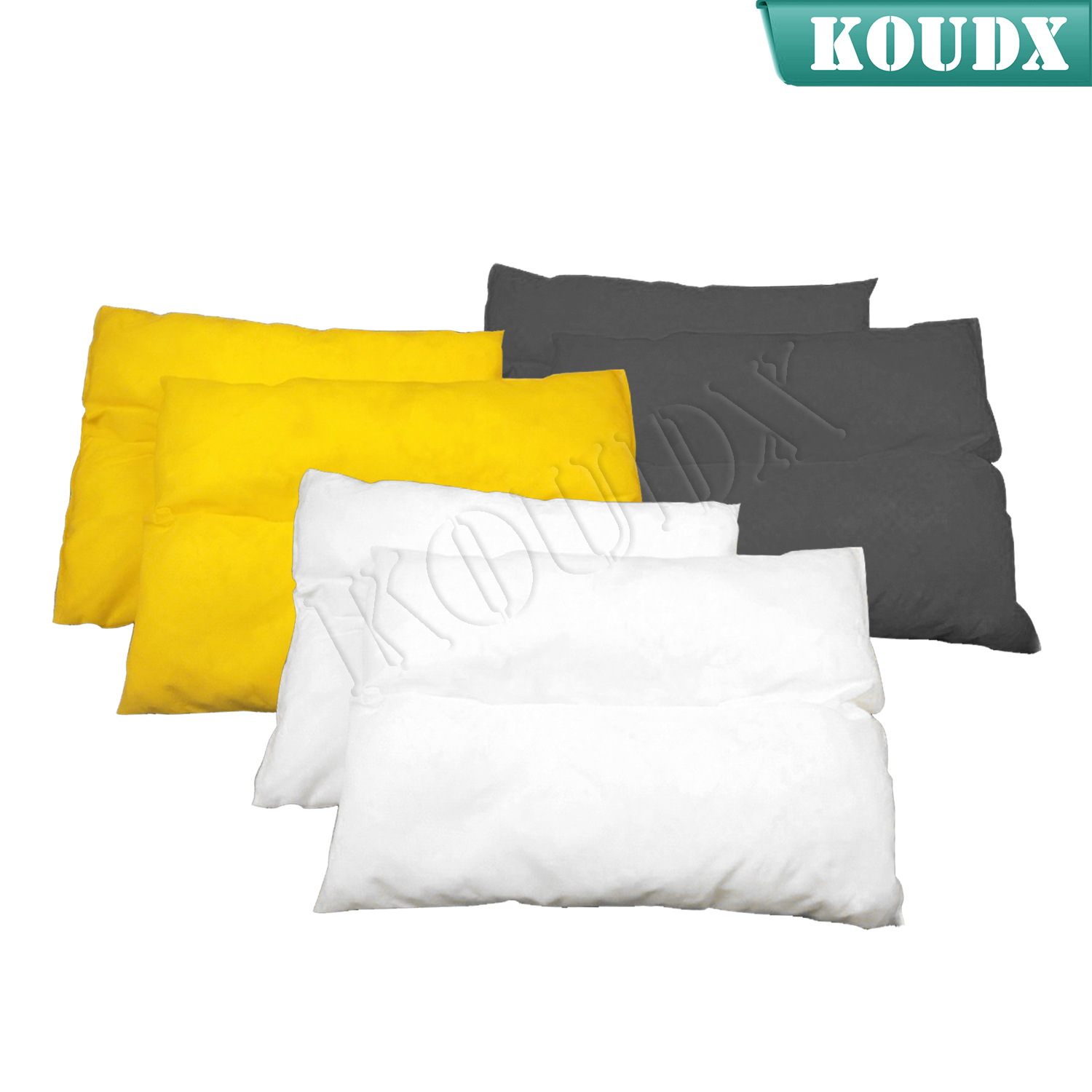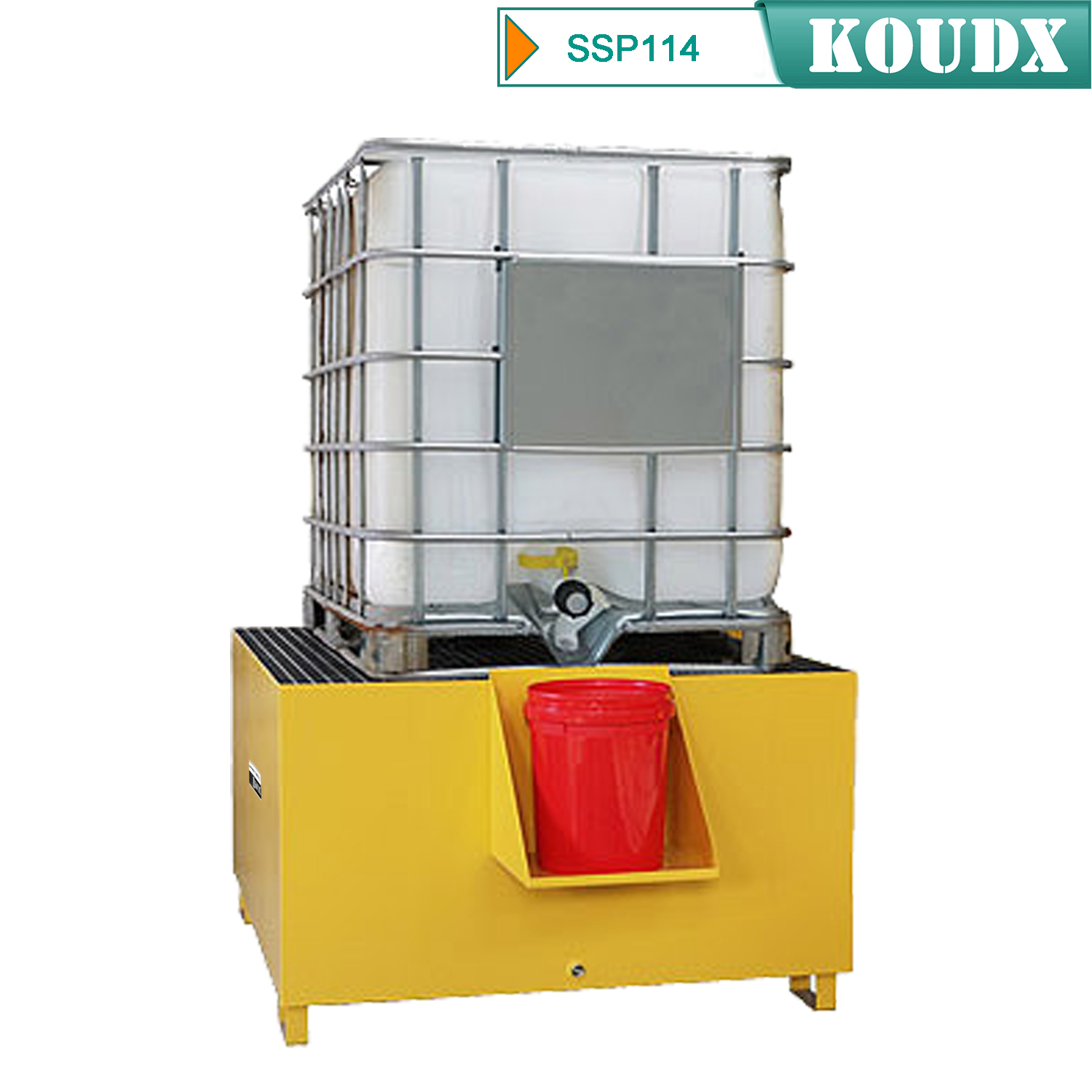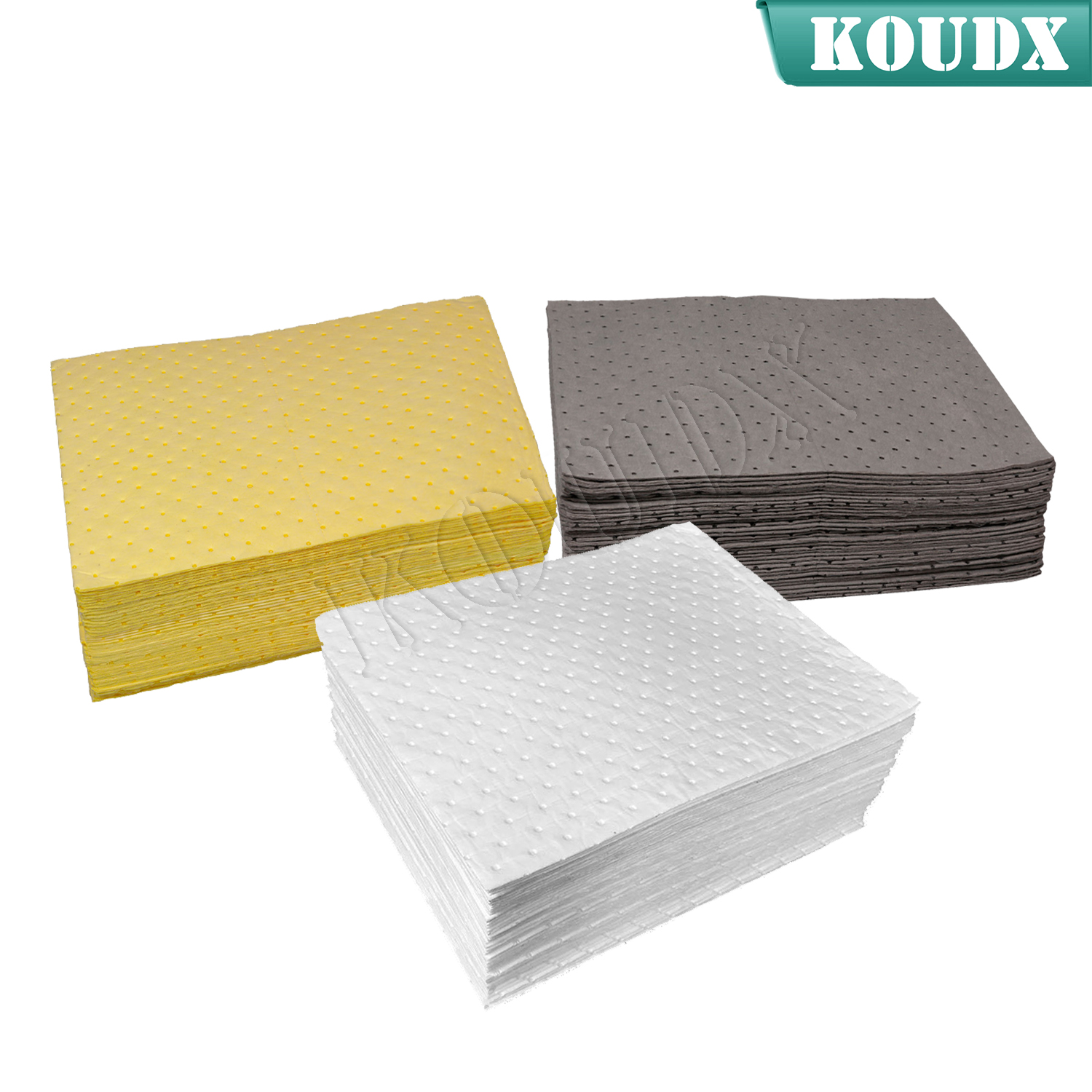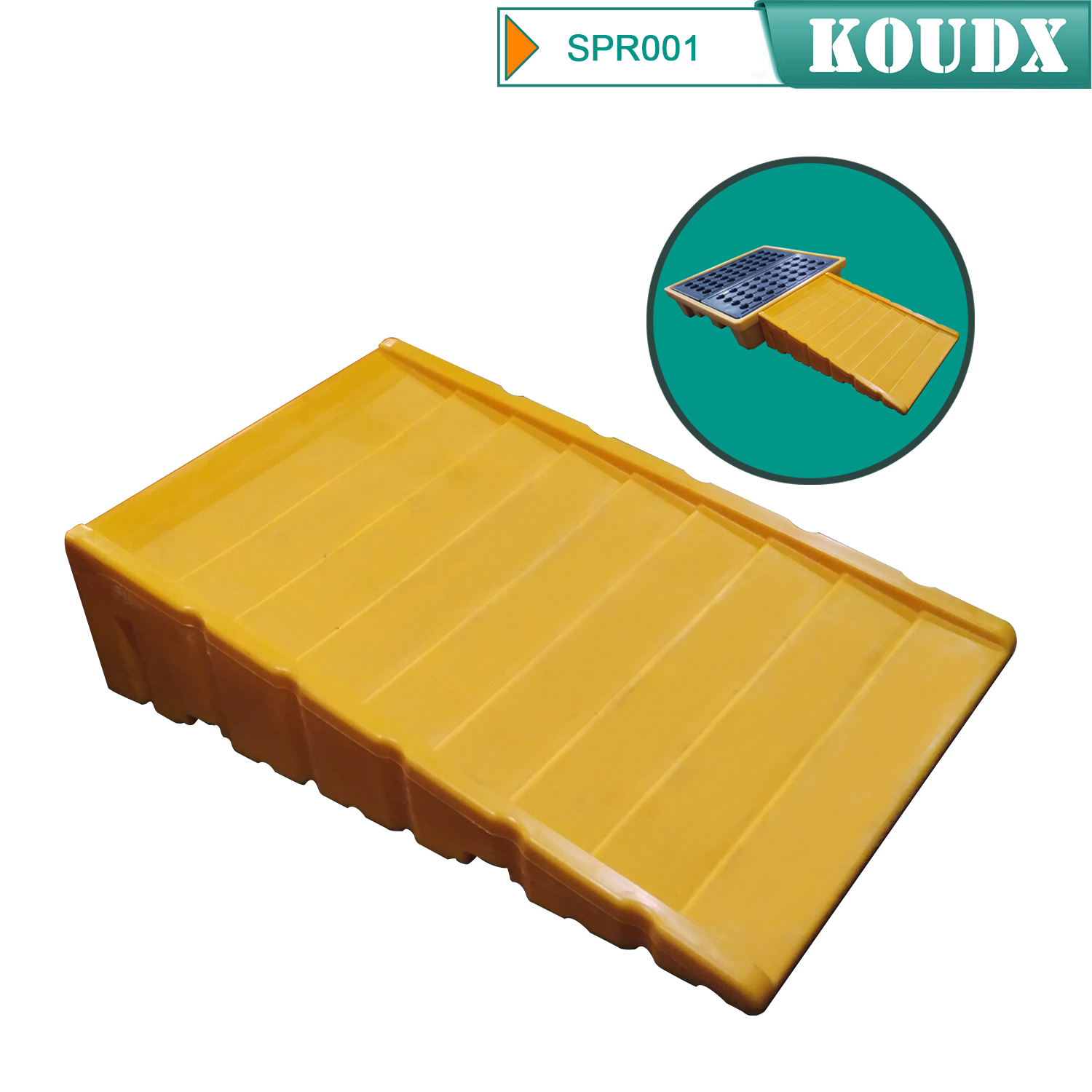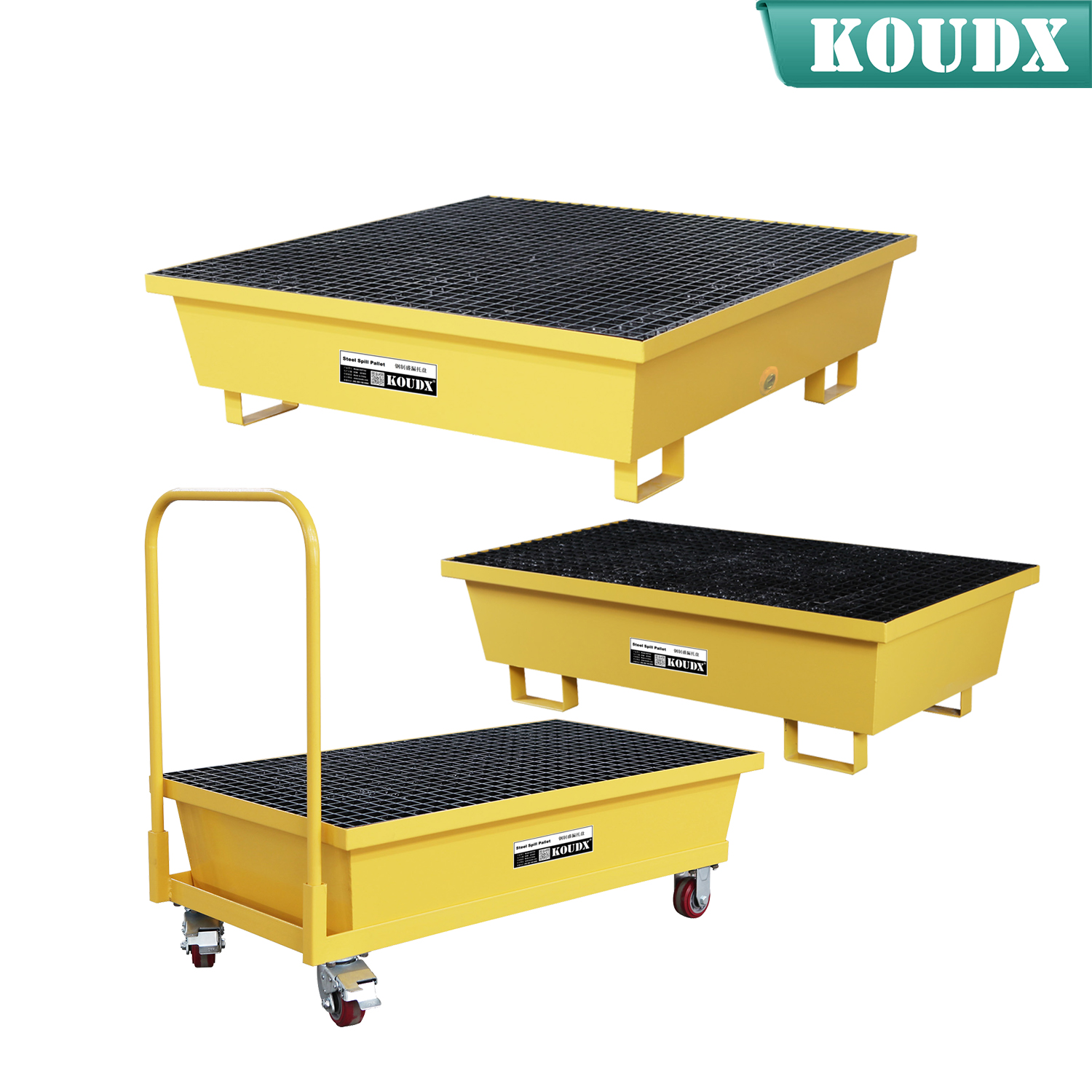Neutralizing Acids and Bases
Spills of hazardous substances must be absorbed, neutralized or controlled at the time of the incident in order to maintain workplace safety. Neutralization helps make spilled materials safer to handle and helps decrease the cost of disposal.
The best way to determine if a material is acidic or basic is to measure its pH. This can be accomplished with pH paper, chemical indicators or pH meters. The pH scale measures from 0 to 14. Chemicals with a pH of 0-3 are considered strong acids. Chemicals with a pH of 12-14 are considered strong bases. To be considered neutral, a chemical must have a pH of 7.
"Acid" comes from the Latin word "acidus," meaning sour. Acids typically will have a sour taste and a pH of less than 7. There are two types of acids: mineral (inorganic) acids such as sulfuric, hydrochloric or nitric and carboxylic (organic) acids such as formic or acetic. To neutralize acids, a weak base is used.
Bases have a bitter or astringent taste and a pH greater than 7. Bases are also called alkaline compounds and are neutralized by using a weak acid. Common bases are sodium hydroxide, potassium hydroxide and ammonia.
There are many different products available that aid in the neutralization of acids and bases. They can be as simple as a bag of citric acid or sodium bicarbonate, or as complex as a solidifier and a neutralizer combined. Some of the major considerations in selecting the best method of neutralization are safety (mixing chemicals is always a potentially dangerous process), cost (identifying the most economical neutralizing method) and convenience.
When neutralization occurs, the acid and base react, forming water, salt and heat. If the acid and base are both very strong (such as concentrated hydrochloric acid and concentrated sodium hydroxide), a violent reaction will occur. This is why most neutralizers are very weak—to help keep the reaction at a slow pace and lessen the evolution of heat and gas.
Most neutralizer manufacturers provide an estimated volume of acid/base that their product will neutralize. It can take a large amount of the product to neutralize an acid or base, especially if it is concentrated. Some neutralizers have a built-in color indicator to let you know when the spill is neutralized. Other neutralizers require you to check the pH with pH paper or a pH meter to monitor the neutralization process. Some neutralizers also solidify the spill as they neutralize, to help make the spill easier to pick up. See the comparison charts below for examples of treatment ratios for some common neutralizers.

KOUDX(Shanghai Koudx Industry Technology Co., Ltd.) is a professional provider of industrial safety and environmental protection solutions. Based on the concept of market and customer demand, our fire safety cabinet was developed in accordance with the standards of OSHA 29 CER 1910.106 and NFPA CODE30. It is widely used in petrochemical industry, industrial manufacturing, university laboratories, food industry, automobile industry manufacturing, new energy and other industries.
We sincerely hope that in the journey of KOUDX's continuous development and expansion, we will be able to get the full support of our distributor partners in China and abroad, and have more long-term strategic partners, development together and achieve a win-win situation. Welcome to contact us (86) 400-168-8090, you can visit our website www.koudx.com for the detail information.



